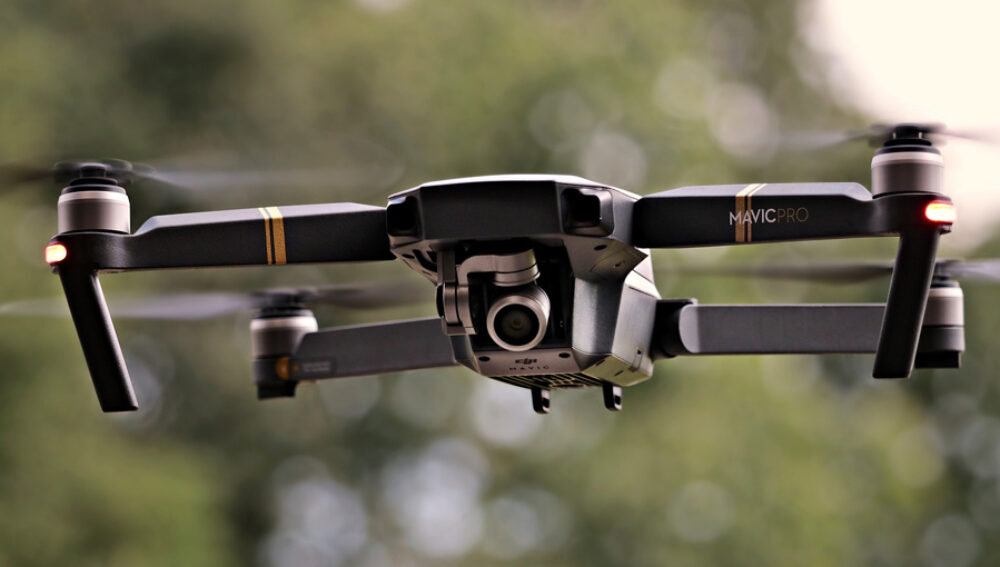In irregular wars, the state has traditionally had a monopoly on the use of air power. This has now been overturned. With the rise of small, low-cost, commercial-off-the-shelf drones, armed non-state actors are now also able to employ air power. Today, the leading armed non-state group operating such hobbyist drones is the Islamic State of Iraq and Syria (ISIS) but others are following close behind. Air power has now been privatised.
ISIS interest in drones goes back to 2013 (before the group officially formed). It gradually acquired various rotary and fixed-wing hobbyist drones and, trialling to determine the most useful, formed a drone unit. Today the most common type of ISIS drones are of Chinese origin, in particular the DJI Phantom quadcopter drones, but the fixed wing X-UAV Talon and Skywalker X8 FPV types are also common. The source is unsurprising given that Chinese firms dominate the hobbyist drone market.
The first definite indication of ISIS using such drones was a YouTube video that appeared in August 2014 showing footage taken from an ISIS quadcopter flying a reconnaissance mission over a Syrian Air Base near Raqqah. The mission detected several entry paths that were later used by ISIS ground forces to capture the base. Later, during the siege of Kobane, quadcopters located artillery and mortar targets and corrected their fall of shot. The quadcopters also undertook dedicated information operation missions to provide high quality footage for propaganda videos. More recently, ISIS has made extensive use of hobbyist drones in the battle for Mosul, especially when defending inner-city areas.
ISIS combined-arms tactics often incorporate suicide bombers ramming an explosive-laden car or truck into a carefully selected target, such as an important building or a defended checkpoint. When this was countered in Mosul’s urban areas by blockading the main streets with rubble or wrecked vehicles, ISIS responded by integrating drones into the suicide car-bomb attacks. The drones provided real-time reconnaissance video that was used to guide the car bombs through narrow side streets, avoiding defensive roadblocks to reach their designated targets. The high-definition video imagery of the attack taken by the quadcopter was then quickly uploaded to the internet for propaganda purposes.
Please click here to read the full “Commercial drones: Privatising air power” article published at The Lowy Interpreter, written by Griffith Asia Institute Visiting Fellow, Dr Peter Layton.








